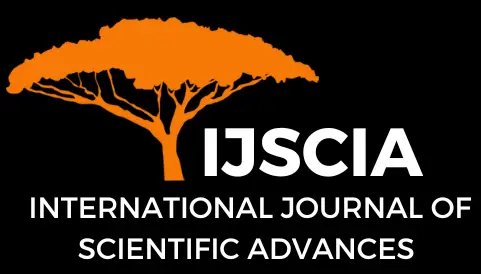Physical Examination and Clinical Course of Poisoning and Drug Overdose
Elendu Chukwuka1*, Chiagozie Perpetua Ayabazu2, Akinbayo A. Akintunde2, Ibukunoluwa V. Ishola2, Ogbuiyi-Chima Ifeanyichukwu C2, Mohamed Abdirahman3, Lawal O. Sodiq4, Oseremen V. Okpujie5, Geraldine C. Okafor6, Emmanuel. O. Egbunu7, Promise U. Nwosu8, David E. Umeh9
Abstract
Poisoning refers to the development of dose-related adverse effects following exposure to drugs, chemicals, or other xenobiotics. To paraphrase Paracelsus, the dose creates the poison. Although most poisons have predictable dose-related effects, individual responses to a given dose may vary due to inhibition in the presence of other xenobiotics, genetic polymorphism, enzymatic induction, or acquired tolerance. Poisoning may be local (e.g. lungs, skin, eyes) or systemic depending on the route of exposure, the physical and chemical properties of the poison, and its mechanism of action. The reversibility and severity of poisoning also depend on the functional reserve of the target organ or individual which is influenced by preexisting disease and age. The history should include the route, duration, time, and circumstances (surrounding events, location, and intent) of exposure; the amount and name of each chemical, drug, or ingredient involved; the severity of symptoms, time of onset, nature of symptoms; the time and type of first-aid measures given; and the medical and psychiatric history. In most cases, the patient is unaware of exposure, confused, comatose, or unable or unwilling to admit to one. Suspicious circumstances include unexplained sudden disease in a previously healthy person or a group of healthy people; a history of psychiatric problems (especially depression); current changes in health, social relationships, economic status, or the onset of disease during work with chemicals or after ingestion of drink (especially ethanol), food, or medications. When patients become sick soon after arriving from a foreign country or being arrested for criminal activity, “body packing” or “body stuffing” (ingesting or concealing illicit drugs in a body cavity) should be suspected. Relevant information may be available from friends, paramedics, family, police, pharmacists, physicians, and employers, who should be queried regarding the patient’s, behavioral changes, habits, hobbies, available medications, and antecedent events. Patients have to be asked explicitly concerning their prescribed drugs and recreational medication use. Drugs previously considered “illicit” such as cannabinoids are now legal in many places and prescribed for therapeutic purposes. A search of belongings, clothes, and places of discovery may unveil a suicide note or a container of chemicals or drugs. Without an apparent history in a patient clinically suspected to be poisoned, all drugs available anywhere in the patient’s home or belongings should be considered as possible agents, including drugs for pets. The label on chemical products or the imprint code on drugs may be used to identify the potential toxicity of a suspected poison by consulting the manufacturer, a reference text, a computerized database, or a regional poison information center (800-222-1222). However, poisoning can mimic other illnesses, the correct diagnosis can usually be established by the history, physical examination, routine and toxicologic laboratory evaluations, and characteristic clinical course.
Keywords
drug overdose; poisoning; physical examination
Cite This Article
Chukwuka, E., Ayabazu, C. P., Akintunde, A. A., Ishola, I. V., Ogbuiyi, C. I. C., Abdirahman, M., Sodiq, L. O., Okpujie, O. V., Okafor, G. C., Egbunu, E. O., Nwosu, P. U., Umeh, D. E. (2022). Physical Examination and Clinical Course of Poisoning and Drug Overdose. International Journal of Scientific Advances (IJSCIA), Volume 3| Issue 5: Sep-Oct 2022, Pages 762-767, URL: https://www.ijscia.com/wp-content/uploads/2022/10/Volume3-Issue5-Sep-Oct-No.347-762-767.pdf
Volume 3 | Issue 5: Sep-Oct 2022



